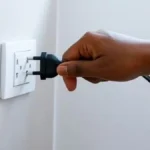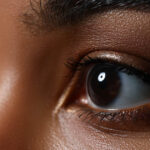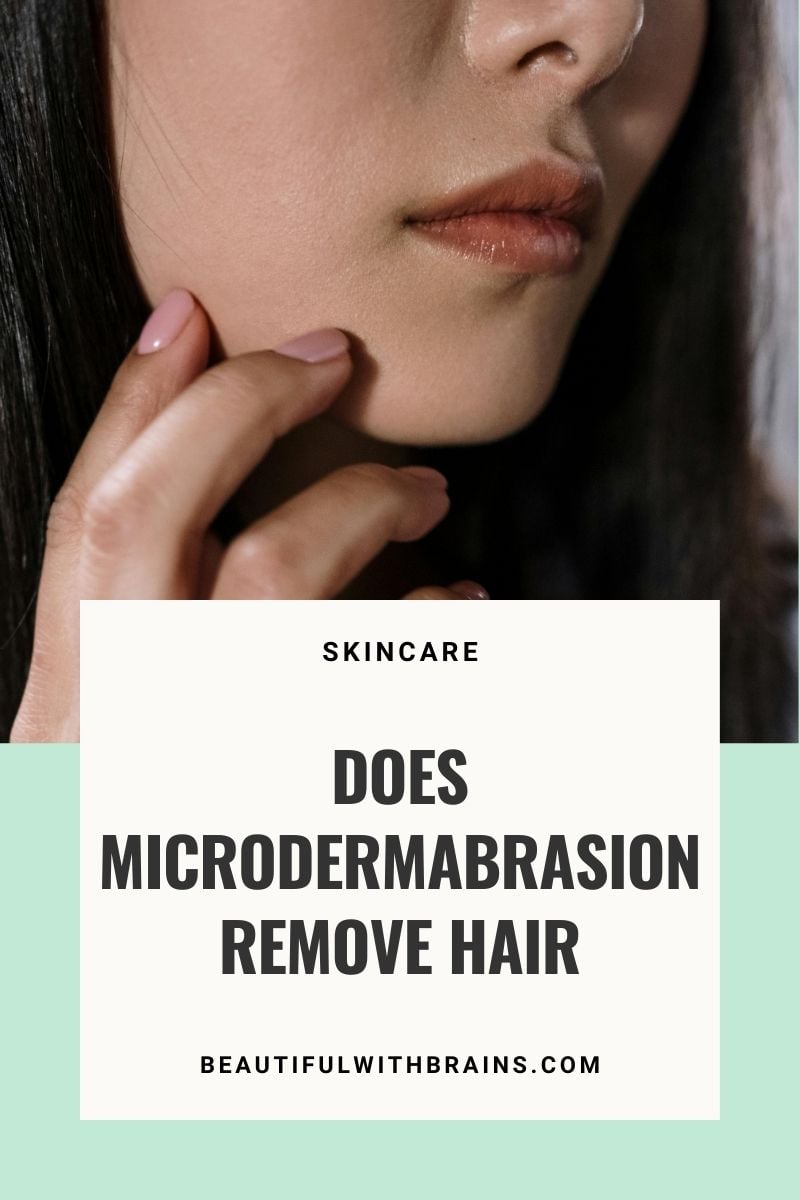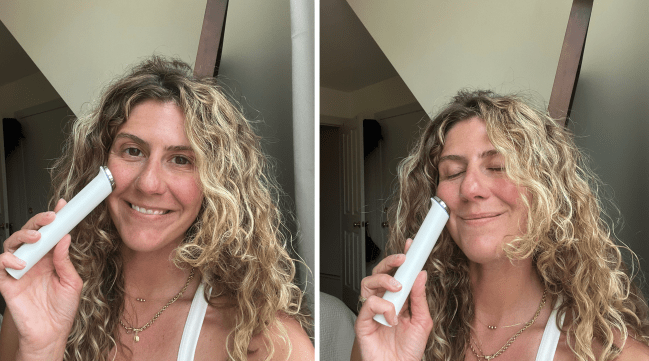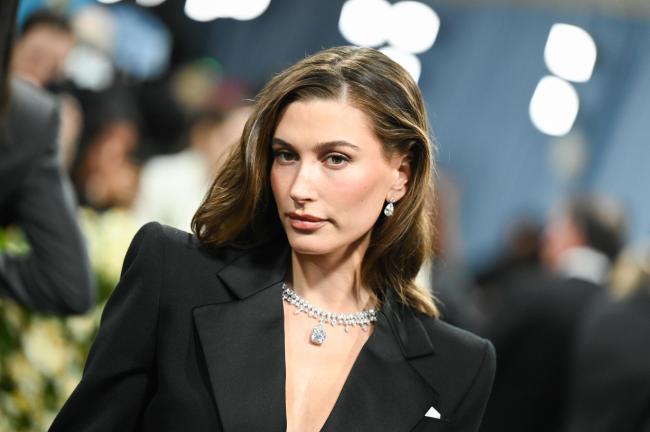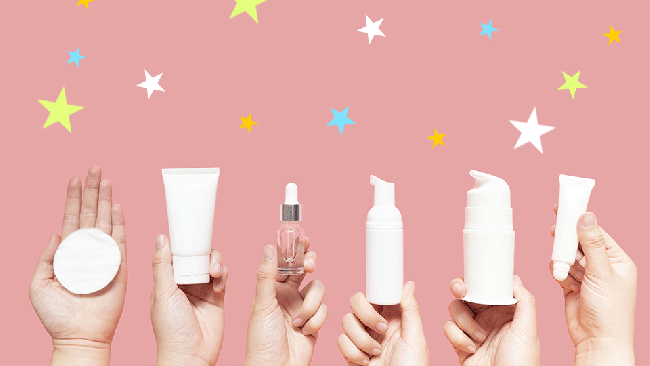
Does microdermabrasion remove hair? Because let’s face it: you don’t book a treatment like this just thinking, oh yay, cell turnover. You’re also side-eyeing the peach fuzz on your cheeks or that shadow on your upper lip and wondering if this little machine is gonna take care of it. Because if one facial treatment could make your skin glow and ditch the fuzz? That’d be game-changing. Spoiler: it’s complicated. Let’s dig into what microdermabrasion really does, why people think it removes facial hair, what actually happens to peach fuzz, and where this treatment fits in compared to other hair removal methods.
What Happens During The Microdermabrasion Procedure
Here’s the science in plain English. A handheld device – either with a diamond-tipped wand or blasting tiny crystals (that’s crystal microdermabrasion) – runs across your face. It scrapes off the outermost layer of dead skin cells (the stratum corneum) and suctions them away. Think of it like sanding down wood, only it’s the surface of your skin being polished.
This process doesn’t go deep. It doesn’t touch the hair follicles. It’s a minimally invasive procedure, designed to resurface, not to remove hair.
Struggling to put together a skincare routine that minimises wrinkles, prevents premature aging, and gives your complexion a youthful glow? Download your FREE “Best Anti-Aging Skincare Routine” to get started (it features product recommendations + right application order):
Why Peach Fuzz Looks Different After
So here’s where the fuzz confusion comes in. After a session, your skin feels ridiculously smooth. That’s because your vellus hair – the fine little hairs we call peach fuzz – is lying flat against the freshly polished skin’s surface. Add in a boost of blood circulation from the suction, and your face has that glow that distracts from the fuzz. That’s why so many people swear their fuzz “disappeared.” But it didn’t. The treatment never pulled the hair out of the follicle, so the growth cycle doesn’t change. Give it a week or two and that fuzz is back, looking exactly the same.
What About Coarse Or Dark Facial Hair?
This is where the line gets drawn. Microdermabrasion has zero effect on dark hairs, coarse facial hair, or anything thicker than peach fuzz. So if you’re dealing with actual stubble on the upper lip, chin, or jawline? Forget it. The machine won’t even notice it’s there. That kind of hair lives deep in the follicle, and microdermabrasion doesn’t reach that far. You’ll need another hair removal method like threading, waxing, or laser hair removal if you want it gone.
Does It Make Hair Grow Back Thicker?
Nope. This is one of the biggest myths. Because the microdermabrasion procedure never touches the hair follicle, it has no way of changing how your hair grows. Your vellus hair stays the same texture, color, and speed of growth as it always was. It just feels different for a bit because the top layer of skin is so smooth afterward.
The Side Effects That Matter for Hair
Most of the usual side effects (like mild skin irritation or redness) don’t have anything to do with hair. But here’s what matters if you’re fuzz-focused:
- If you’ve got sensitive skin, the buffing can make the hairs feel pricklier for a day or two, even though they’re not actually thicker.
- If you’re prone to ingrown hairs, especially along the jawline, exfoliation can actually help prevent them – because you’re clearing out the outer layer of dead skin cells that trap hairs under the surface.
So while it won’t remove hair, it can make dealing with hair less annoying.
Where Microdermabrasion Fits Into Hair Removal
Think of microdermabrasion as a background player in the hair removal conversation. It’s not going to clear your upper lip or zap dark hairs, but it can make fine hairs less noticeable for a short time, and it can set your skin up so that other treatments work better. For example, some skin care professionals use it to prep before dermaplaning or even combine it with other cosmetic treatments for optimal results. Because once the outermost layer of the skin is gone, your skin is smoother, your products penetrate better, and hair removal methods can feel less irritating.
Who’s A Good Candidate If Hair Is Your Main Concern?
If your issue is purely peach fuzz and you don’t mind it coming back, microdermabrasion can give you that smooth-face illusion for a bit – plus all the benefits of microdermabrasion like softer skin texture and a more radiant complexion. But if your problem is dark hairs or coarse facial hair, skip it. You’ll waste your money. Go for waxing, dermaplaning, or laser hair removal instead, depending on your skincare goals (instant smoothness vs a longer-term fix).
The Skin Benefits
So yeah, microdermabrasion isn’t the magic answer for fuzz. But while it’s not shaving your face, it is doing some pretty useful things for your skin. When the top layer of dead skin cells gets scraped off, your body takes it as a hint to fix things. That’s when it kicks up collagen production, sends more blood circulation to the area, and basically acts like, “alright, let’s get this skin looking healthier.” Over time, that repair mode means scars look softer, fine lines don’t stand out as much, and your whole skin texture feels smoother. It also helps with all the annoying surface issues most of us deal with:
- Those stubborn acne scars that never seem to fade properly
- Patchy uneven skin tone that makes foundation a nightmare
- Sun damage or dark spots that stick around longer than they should
- That flat, dull skin look you get when everything just feels tired
And here’s the part nobody tells you until you’ve actually had it done: dead skin is like a wall. You can slather on the most expensive serum in the world, but if it’s just sitting on top of that wall, it’s not doing much. Once the wall’s gone? Suddenly your skincare products actually get in and do their job. That’s why so many pros throw in chemical peels or serums right after a microdermabrasion procedure – your skin’s basically primed to drink them up, which gives you the best results instead of wasting your money on products that can’t get past the dead layer.
So no, it won’t rip out your vellus hair or magically stop new fuzz from growing. But it will make your skin look brighter, smoother, and more even – which, funny enough, makes the fuzz you do have way less noticeable anyway.
Related: Diamond VS Crystal Dermbrasion – Which One Is Better For Skin?
Bottom Line
Microdermabrasion might make your fuzz look like it’s gone, but it doesn’t actually remove facial hair. Peach fuzz looks softer because your skin’s surface is polished. Coarse facial hair and dark hairs don’t budge at all. And your hair follicles? Totally untouched. So – if you’re here for glow, smoother skin texture, or help with acne scars and uneven skin tone, microdermabrasion is a great treatment and an effective way to get healthy skin with significant results over time. But if your main goal is fuzz-free skin, stick with real hair removal methods. Microdermabrasion is skin polish, not a shave.


